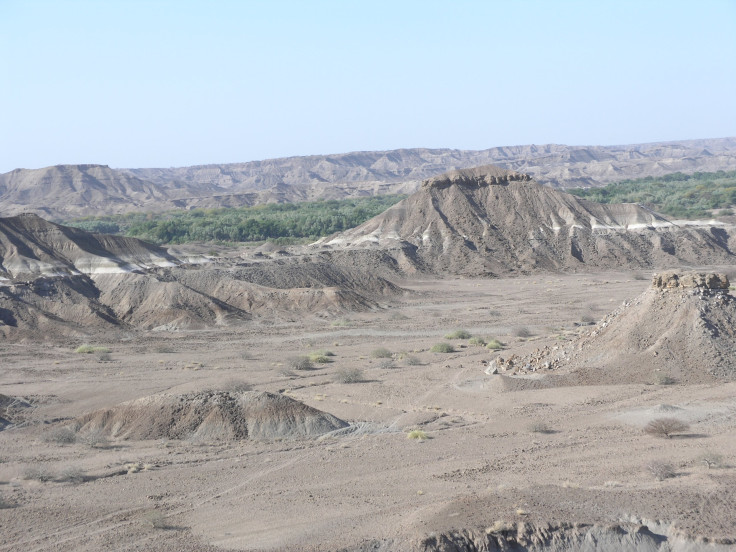Fossil Of Child's Skeleton Shows Human Evolution Of Running, Ancient Spine Anatomy

Fossils of an ancient child’s skeleton suggest humans were walking and running around much earlier than scientists thought. The toddler is 3.3 million years old and its spine is similar in structure to what humans have today, meaning our efficient way of walking upright emerged at least that number of years ago, researchers say.
The nearly complete skeleton, known as Selam, is part of the same species of prehistoric human relative as the famous Lucy, whose partial skeleton was found in 1974 and was at the time the earliest human ancestor ever found.
Read: Ancient American Teen Gave Birth, Then Fell to Her Death
After digging up Selam in Dikika, Ethiopia, the researchers scanned and analyzed its bones to find that its kind had 12 thoracic vertebrae in their spines and 12 pairs of ribs reaching out of them and around the torso — fewer than the number most apes have, the University of Chicago said. And that means Selam’s species, Australopithecus afarensis, is a benchmark in the transition to modern human anatomy.

Selam, the word for “peace” in the Ethiopian Amharic language, lived to only about 2.5 years old, but its fossil’s advanced age is part of what makes the finding so dramatic. According to a study in the Proceedings of the National Academy of Sciences, scientists did not previously have evidence of the 12 thoracic vertebrae in human ancestors older than 60,000 years.
The location in the spine where the thoracic vertebrae start to transition to the lower back is also crucial — in Selam, it happens at the 11th one, the study said, which is the same as in many human ancestors but not modern humans, which have more vertebrae in the lower back.
“Selam has provided us the first glimpse into how our early ancestors’ spines were organized,” lead author Carol Ward, from the University of Missouri School of Medicine, said in the U of C statement.
Read: Fossil of an Ancient Head Shows How We Evolved
Zeresenay Alemseged, who uncovered Selam, said the toddler’s discovery in 2000 marks some of the earliest evidence of how humans developed into a species that walks upright on two legs.
“This structure and its modification through time is one of the key events in the history of human evolution,” senior study author Alemseged said.
© Copyright IBTimes 2024. All rights reserved.





















